Live fabrication demo inside MIT.nano's cleanroom via Zoom.
In this demonstration presented as part of MIT's Independent Activities Period (IAP), attendees learned about thin-film deposition, lithography, and etching processes at the micro- and nanoscale, as well as how to combine these techniques to build a semiconductor device. For the demo, FAB.nano Assistant Director of User Services Jorg Scholvin worked in the cleanroom to expose, develop, and etch screenshots from the Zoom workshop—and “secret” messages from the class etched in letters less than one millimeter high—onto a silicon wafer.
The wafer is now on display in the window of MIT.nano so visitors can can come by and see it (safely from outside the building) whenever they're on campus.
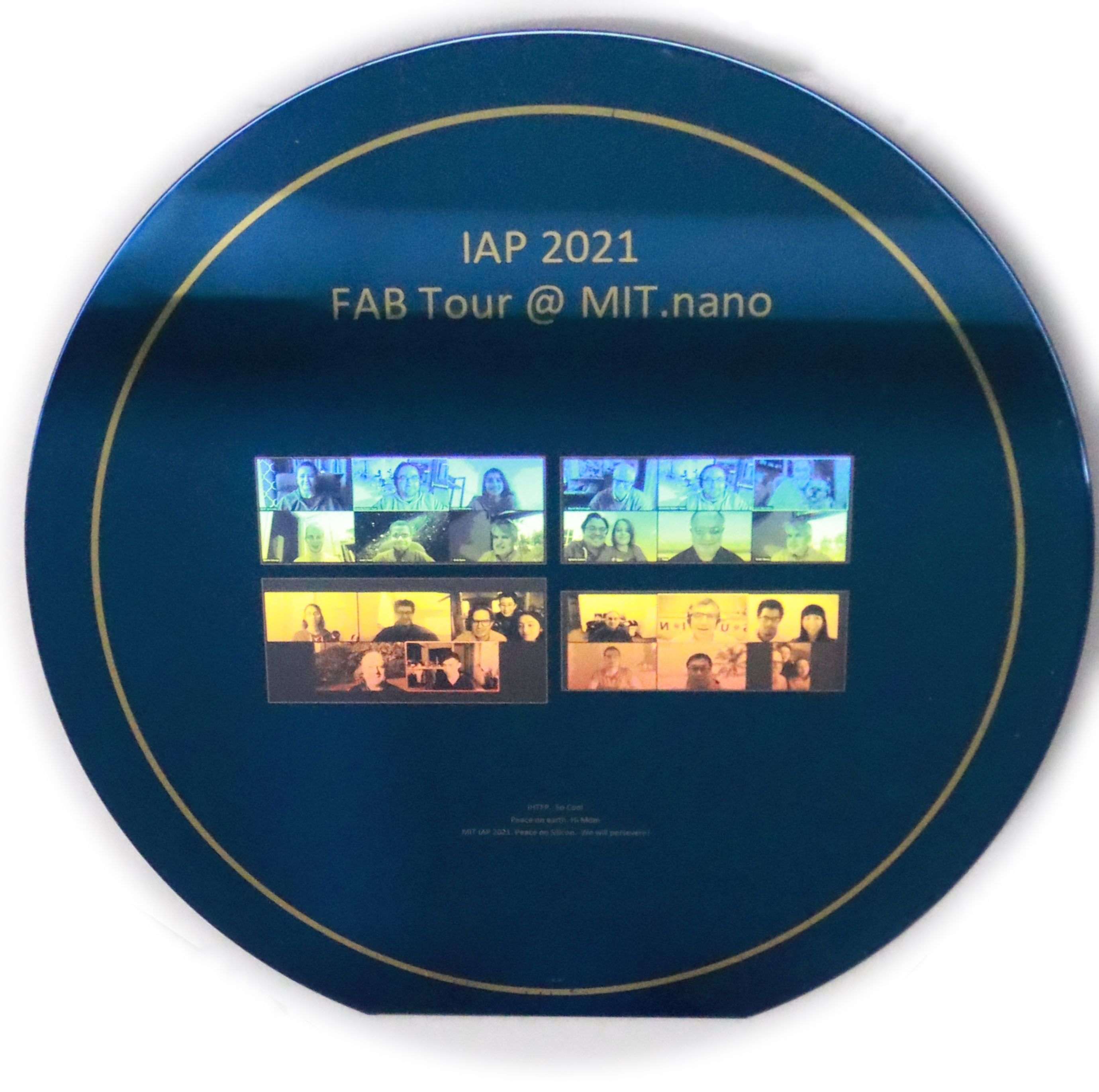
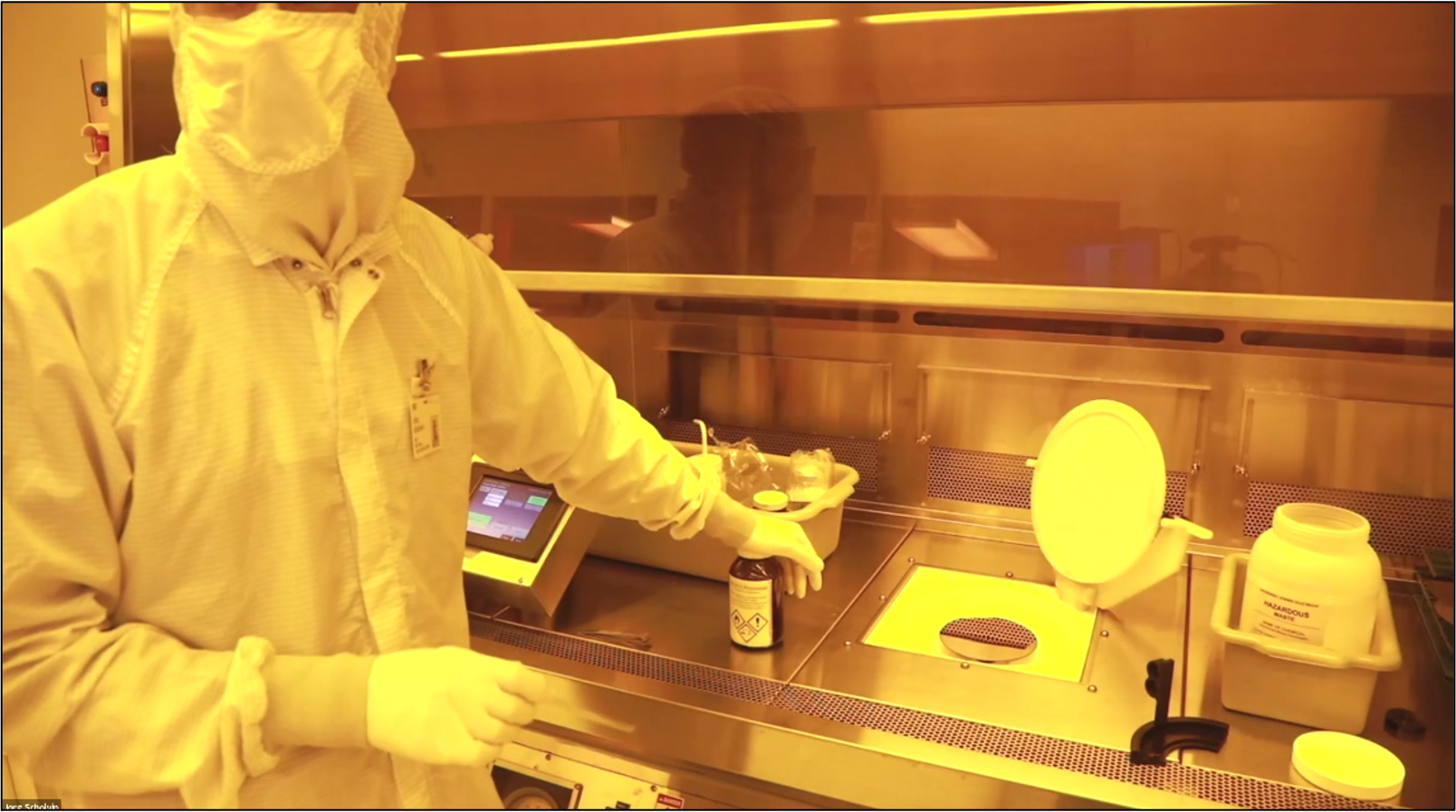
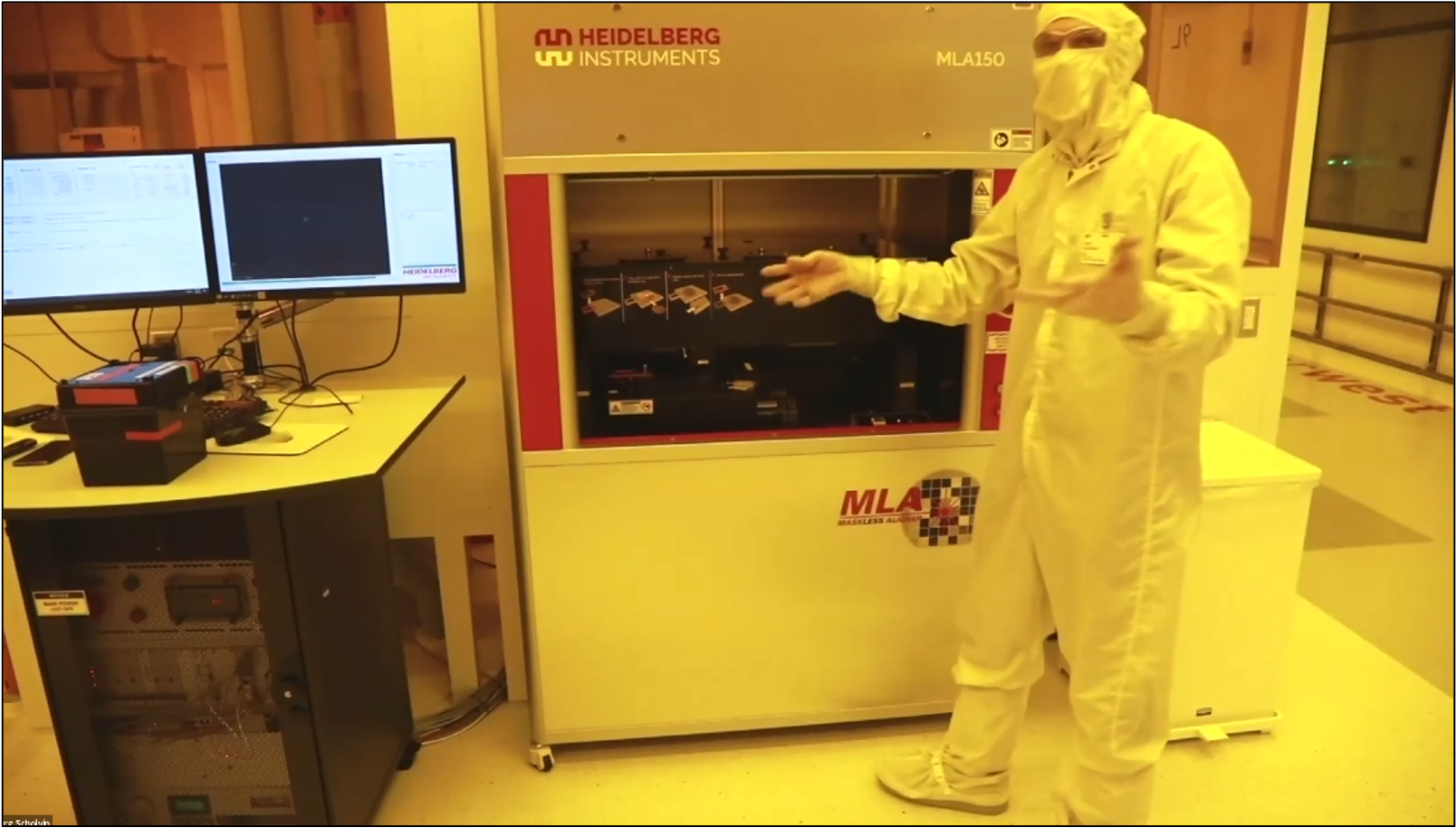
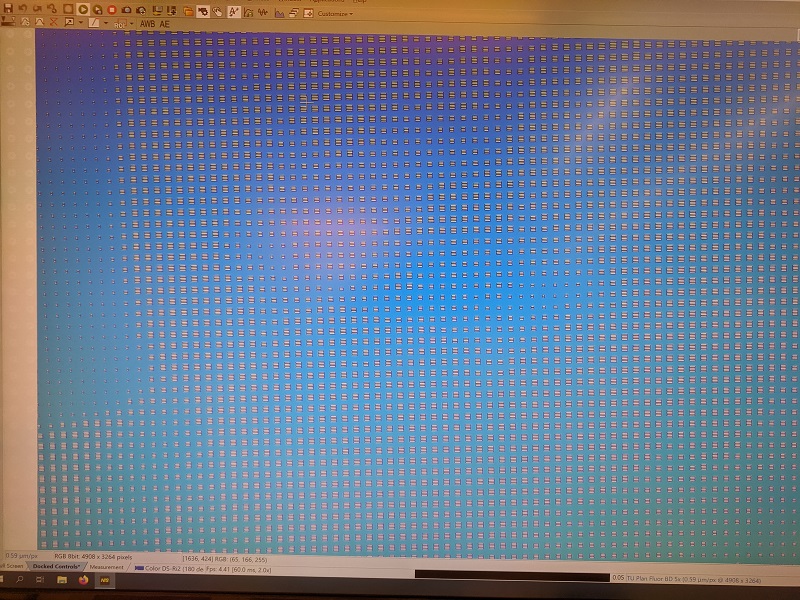
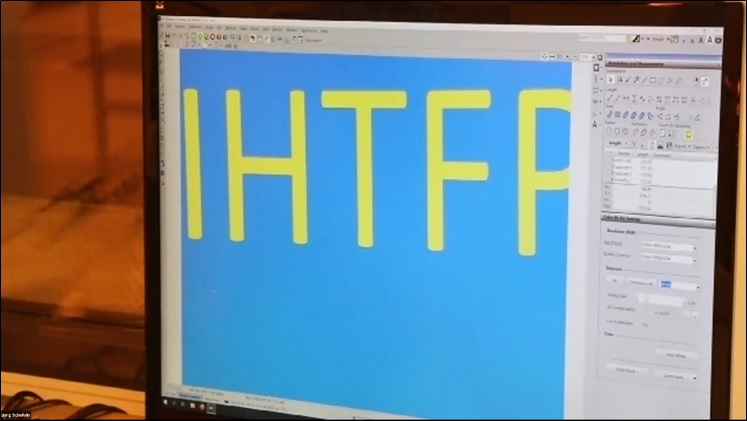
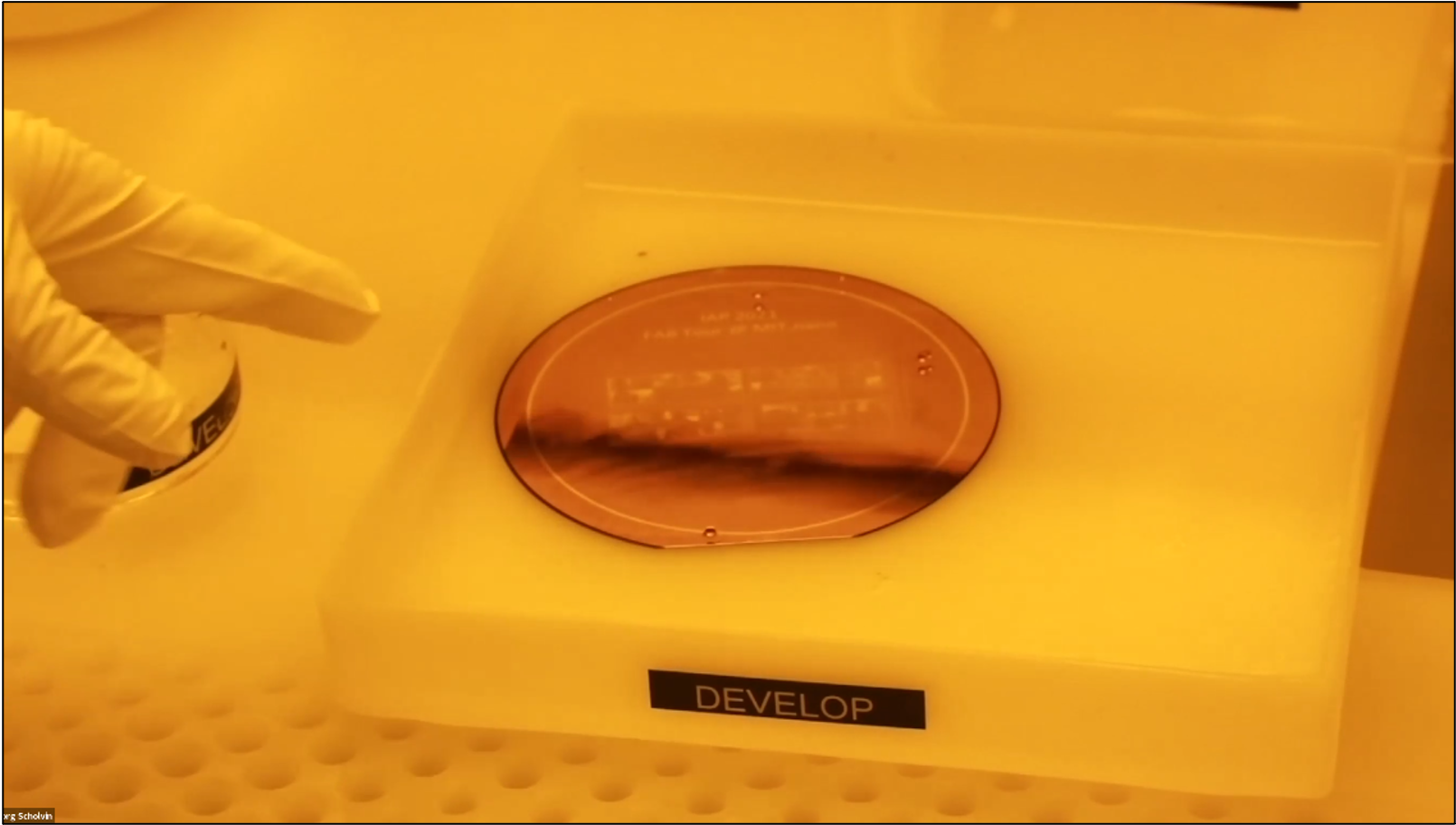
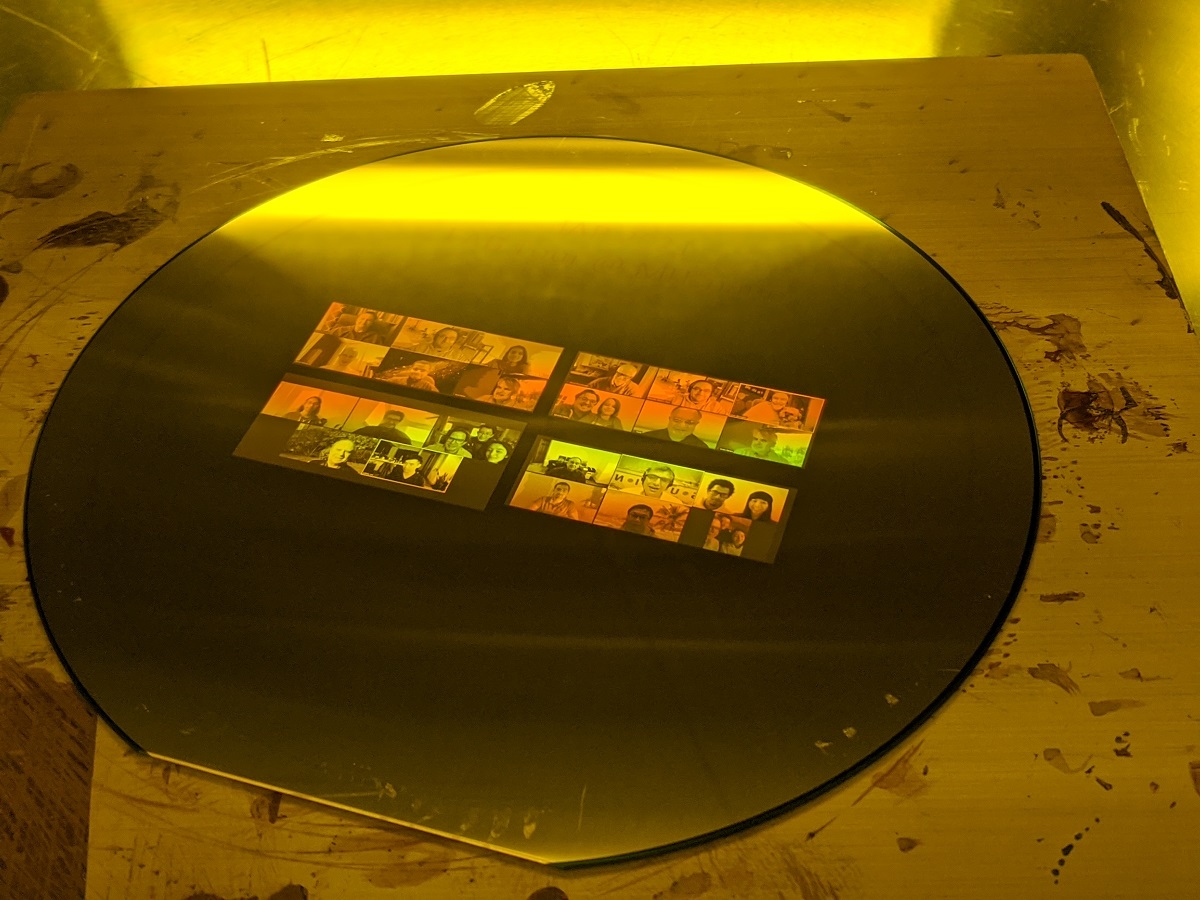
Creating, editing, and distributing 360 photography
This course, sponsored by the MIT.nano Immersion Lab and facilitated by Rus Gant, director of the Harvard Visualization Research and Teaching Laboratory, and Samantha Farrell, MIT.nano senior administrative assistant, delivered a hands-on experience to participants via Immersion Lab tools loaned to them through the mail. Students were sent a kit containing a 360 degree camera, a Quest 2 VR headset, and a monopod. Using this equipment and editing software packages, students learned to create and distribute immersive content for technical and artistic uses.
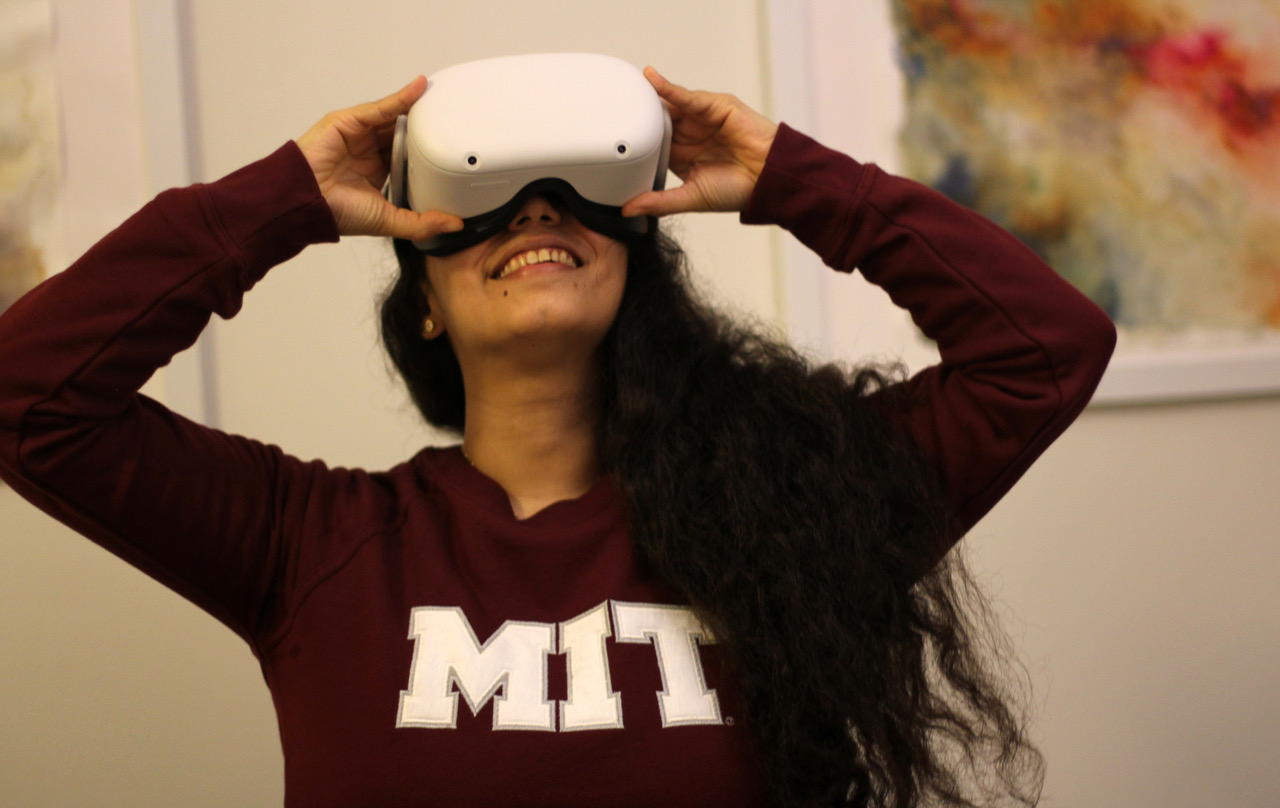
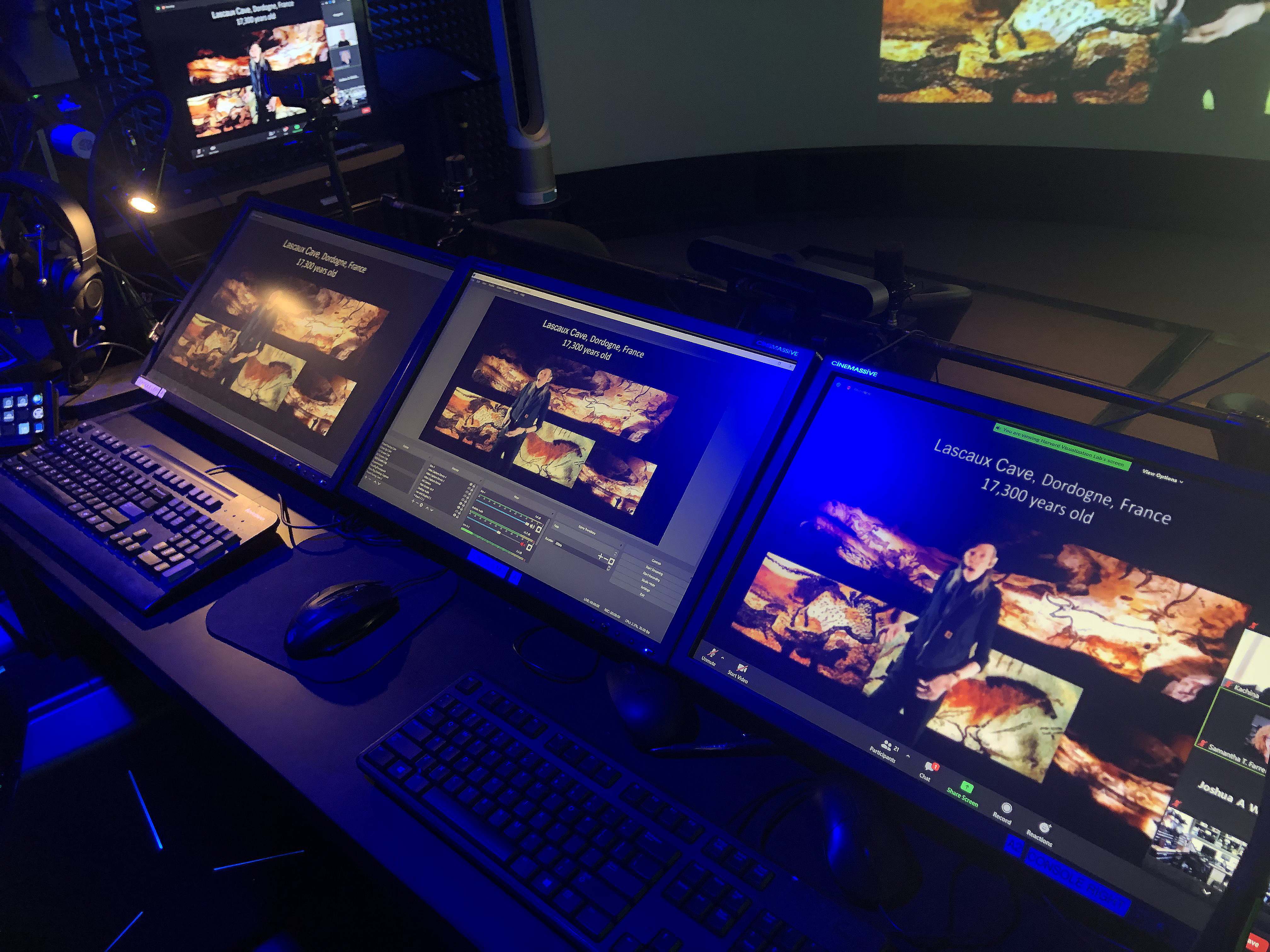

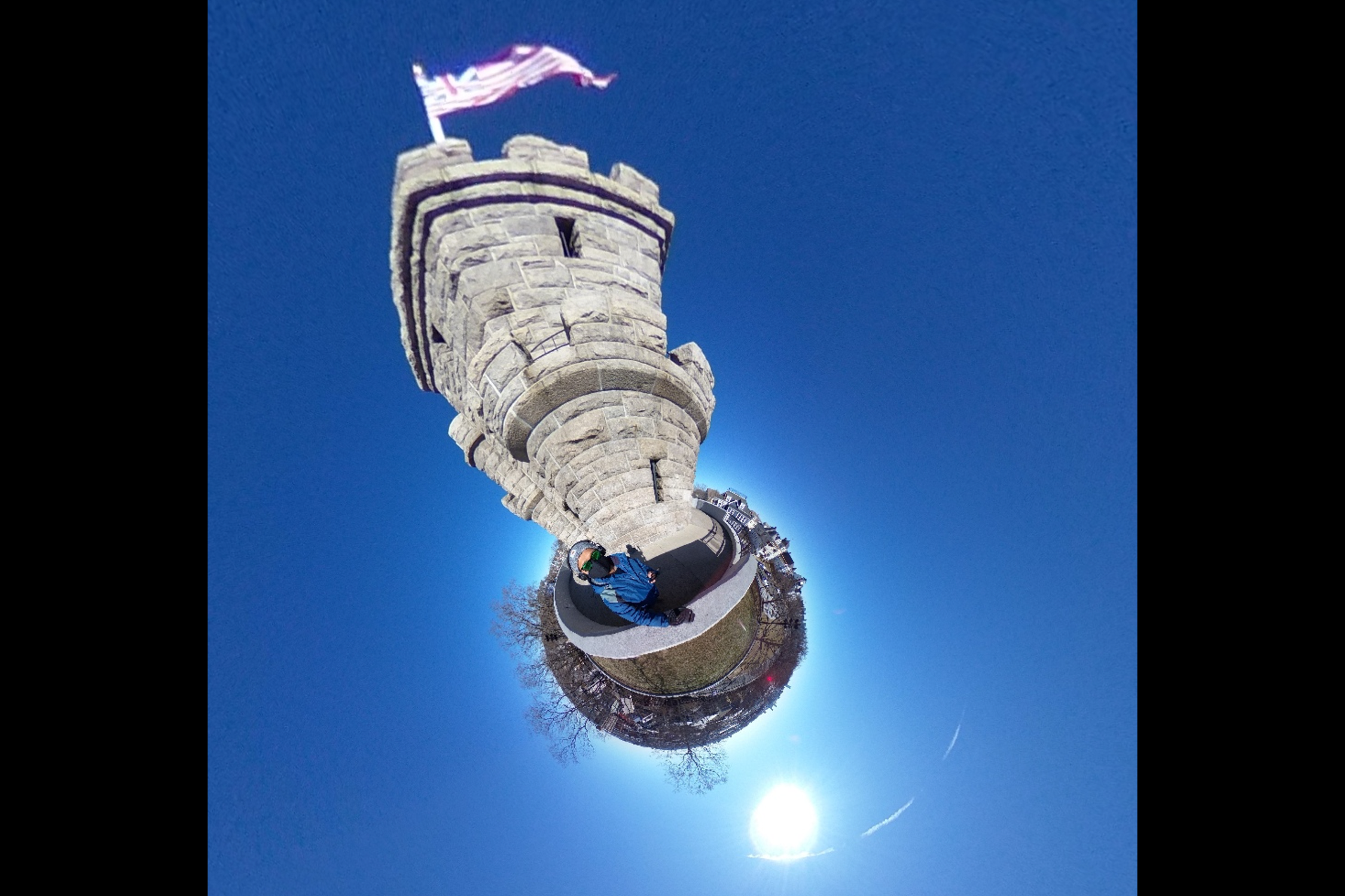
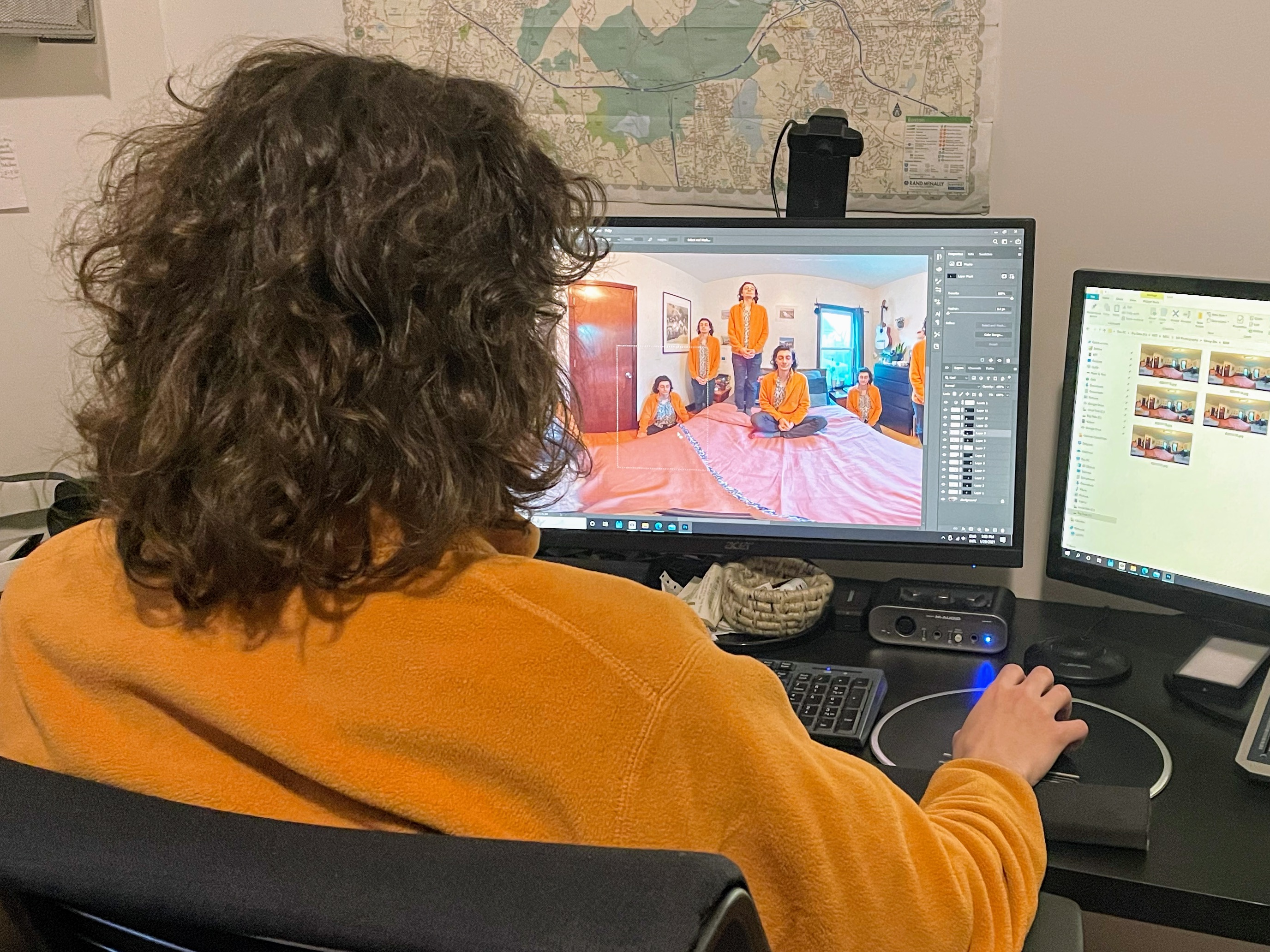

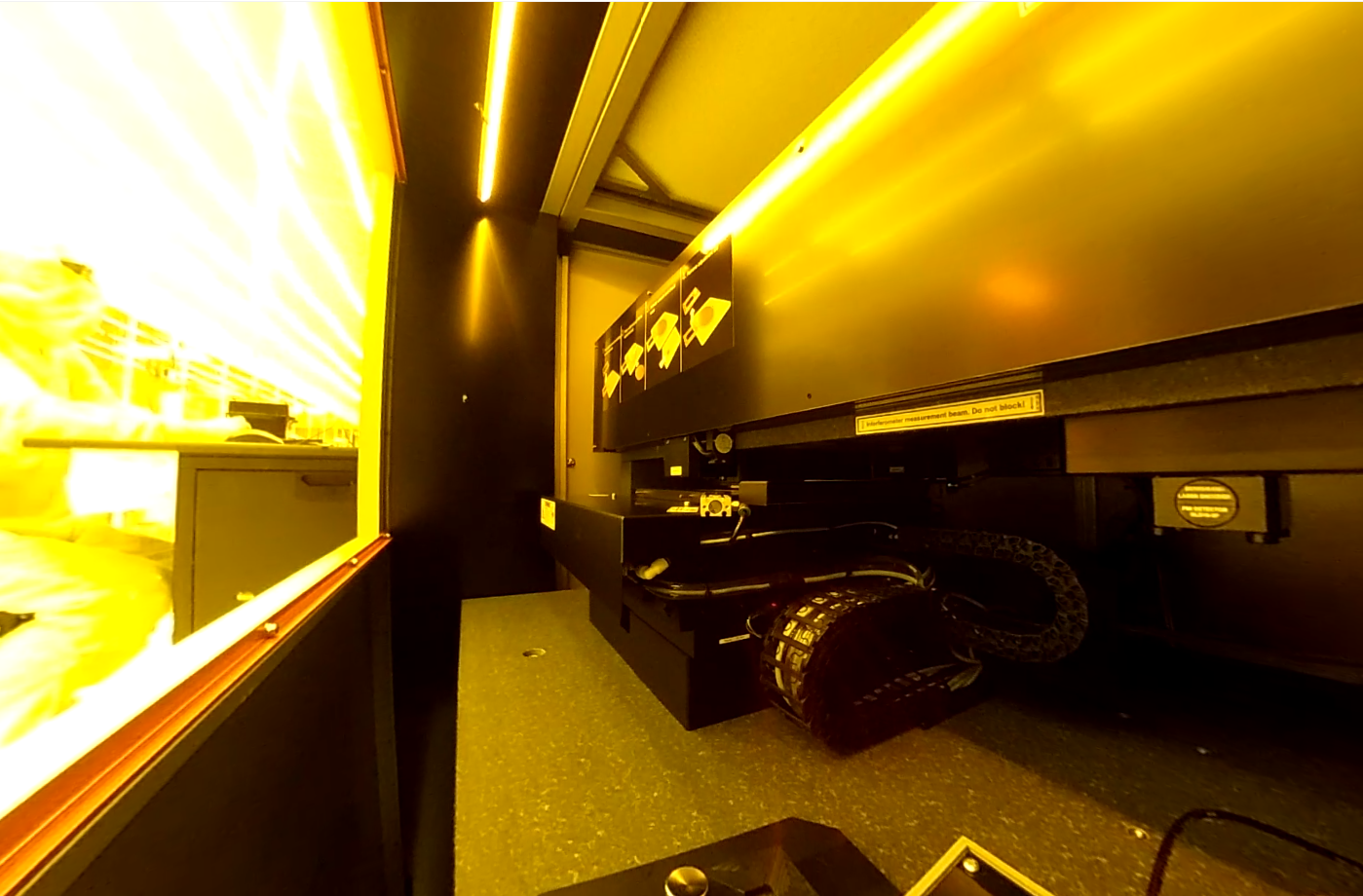
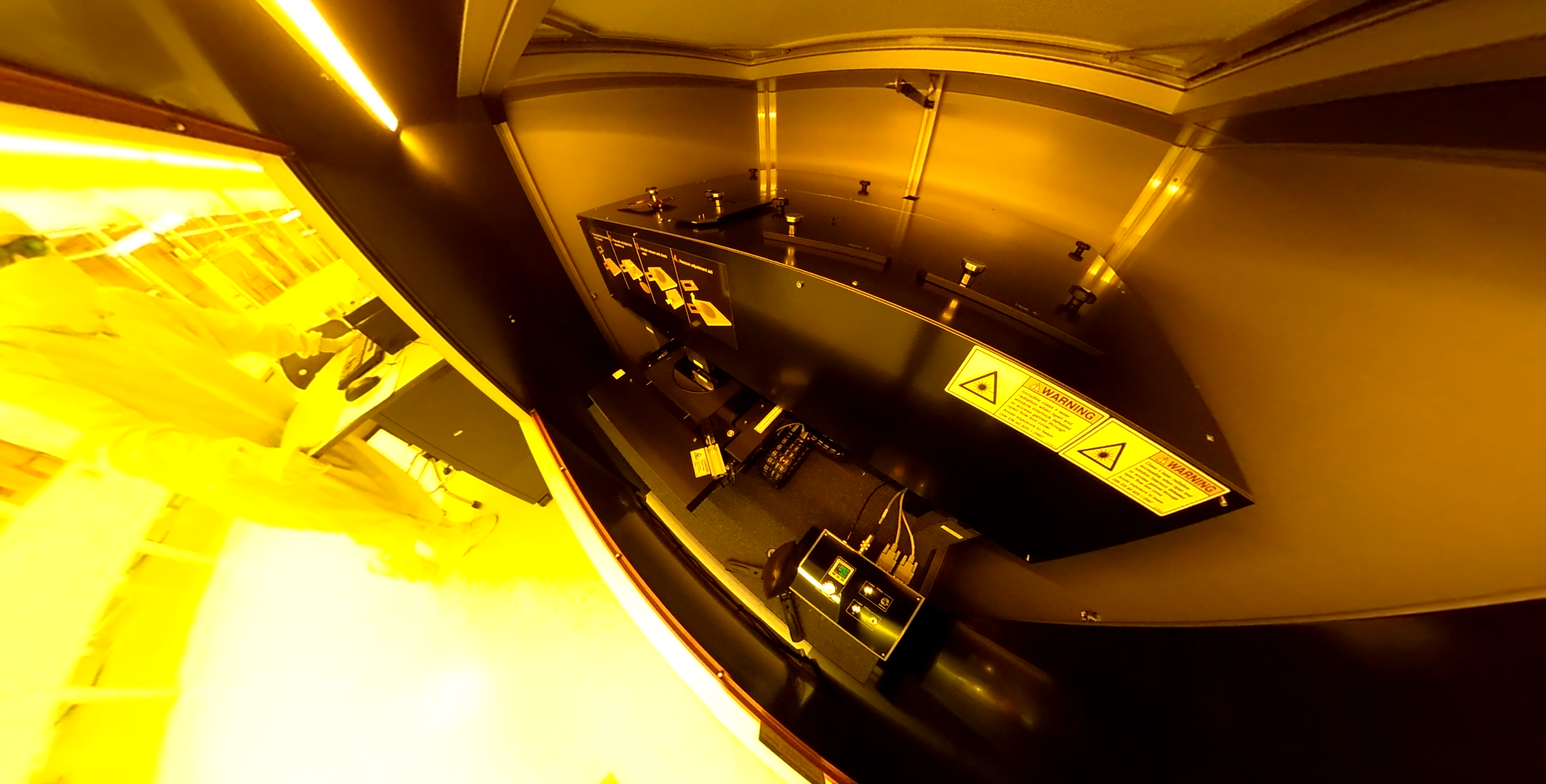
Explore MIT.nano Live
This three-part series brought participants behind the scenes of the fabrication, characterization, and supporting infrastructure at MIT.nano through virtual tours offered as part of MIT's Independent Activities Period (IAP). Attendees learned what it takes to build and see at the atomic scale, how to create a dust-free environment, how 5 million pounds of concrete helps us look at atoms, what a 1.5 Megawatt backup generator looks like, and what it takes to filter and air condition 250,000 cubic feet of fresh air every minute.

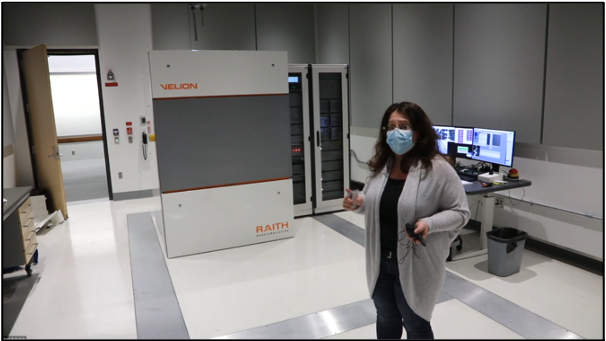
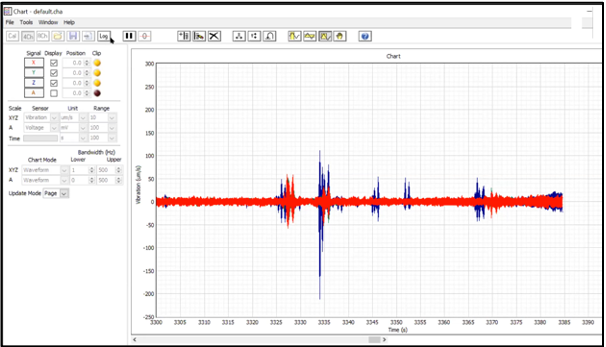
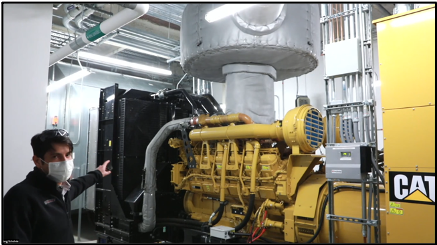
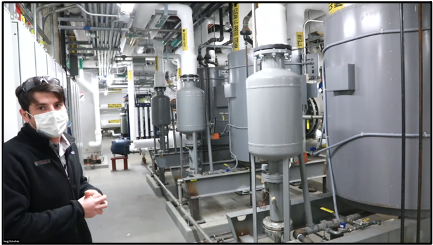
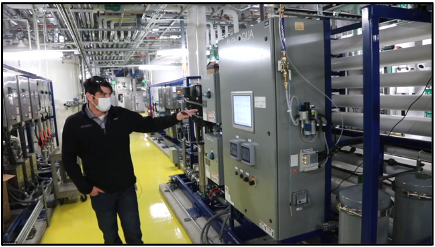
Biomechanics in everyday life
In this IAP course, participants learned how motion capture, photogrammetry, EMG, and virtual reality can be applied to understand more deeply how we achieve seemingly intuitive and easy tasks, and how these tools can be used in research, education, and athletic and artistic improvement. Sponsored by the MIT.nano Immersion Lab and MIT IMES Clinical Research Center (CRC), the course explored human movement through cardiovascular exercise, yoga, and meditation.
Using the MIT.nano Immersion Lab's motion capture technology and a wireless sensor system from the CRC, postdoctoral associate Praneeth Namburi shows how researchers can study physical movement of a person while jumping rope, pairing physiological measurements with exact points in the person's exercise routine.
In this next video, Namburi demonstrates the ability to track muscle length and stretching during yoga.
